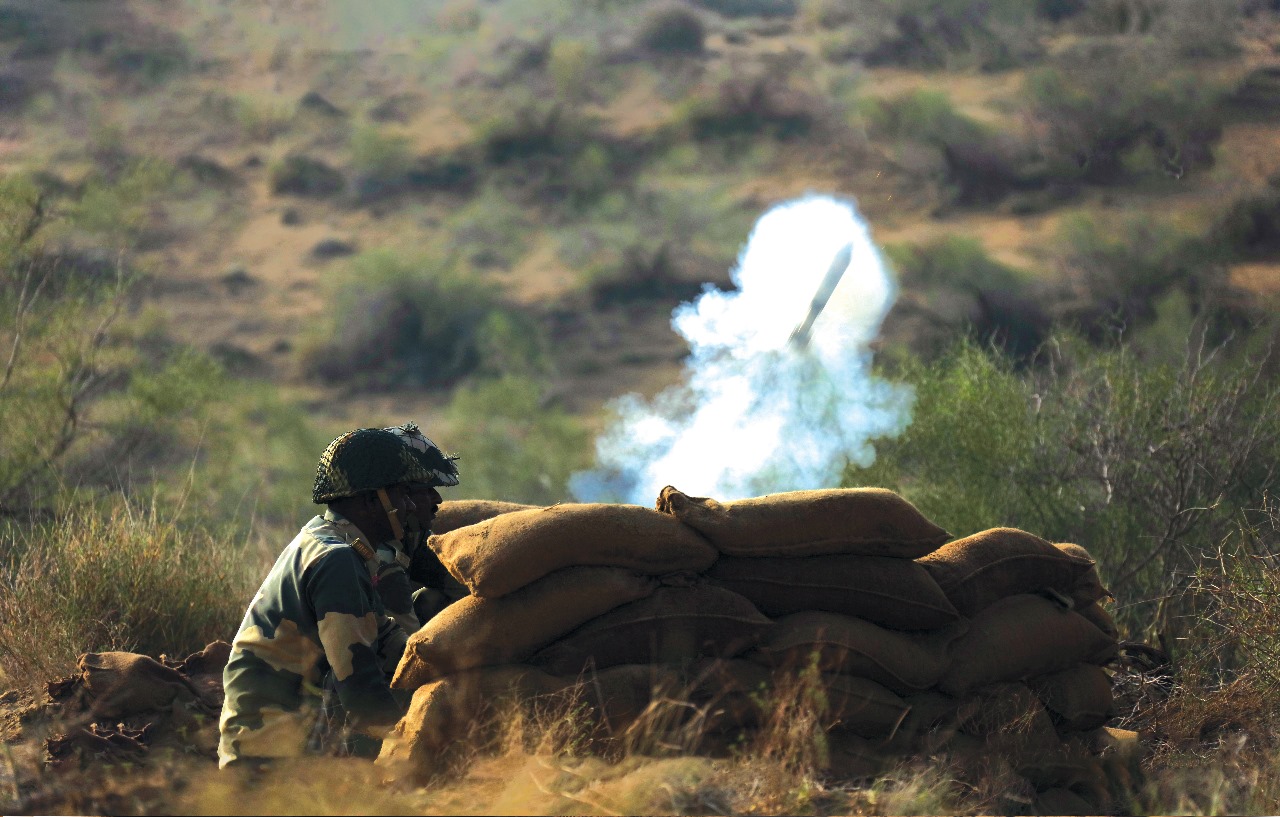Canva is a powerful online design tool that makes graphic creation accessible to everyone, whether you’re a professional designer or a beginner. One of its essential features is the ability to group elements, which allows you to organize, move, and edit multiple elements simultaneously. In this guide, we’ll walk you through how to group elements in Canva, ensuring your design process becomes even more efficient.
Why Group Elements in Canva?
Grouping elements can simplify your workflow in various ways:
- Easier to Manage: Instead of moving or editing each element individually, you can manage them all at once.
- Uniform Changes: Applying changes (such as color or alignment) to grouped elements ensures consistency.
- Precise Alignment: Grouping helps maintain spacing and alignment across multiple items.
- Improved Organization: Keeping elements together can reduce the risk of accidentally misplacing parts of your design.
Step-by-Step Guide to Grouping Elements in Canva
Here’s how you can group elements in Canva, whether you’re working on a desktop or mobile device.
1. Select the Elements
Before you can group, you need to select the elements you want to combine.
- Desktop: Click on the first element, then hold down the
Shiftkey and click on other elements you want to include. Alternatively, click and drag your cursor over the elements to select them all. - Mobile: Tap the first element, then tap and hold on to other elements to select them.
2. Group the Elements
Once the elements are selected, it’s time to group them.
- Desktop: After selecting the elements, right-click on the selection. From the drop-down menu, choose Group. You can also use the keyboard shortcut
Ctrl + G(Windows) orCmd + G(Mac). - Mobile: After selecting the elements, a menu will appear at the bottom of the screen. Tap the Group option.
3. Adjust Grouped Elements
Once the elements are grouped, they behave like a single object. You can:
- Move the Group: Click and drag the group around your design.
- Resize the Group: Click and drag the corners of the group to resize all elements simultaneously while maintaining their proportions.
- Change Color or Style: Apply changes to the entire group, such as adjusting colors, fonts, or adding effects.
CANVA
4. Ungroup the Elements
If you ever need to ungroup elements to edit them individually again, Canva makes it easy.
- Desktop: Right-click on the grouped elements and select Ungroup from the menu or use the shortcut
Ctrl + Shift + G(Windows) orCmd + Shift + G(Mac). - Mobile: Tap the group, and then select the Ungroup option from the menu.
Tips for Grouping Elements in Canva
- Nested Groups: Canva doesn’t currently support nesting groups (i.e., grouping elements within another group), so you’ll need to plan your design accordingly.
- Lock Grouped Elements: After grouping, you can lock the group to prevent accidental edits. Right-click on the group and choose Lock. To unlock, simply click on the lock icon.
- Maintain Group Proportions: When resizing grouped elements, hold the
Shiftkey to ensure all elements scale proportionally without distorting the design. - Naming Groups: Although Canva doesn’t provide a direct way to name groups, you can organize your layers to make it easier to keep track of grouped elements.








